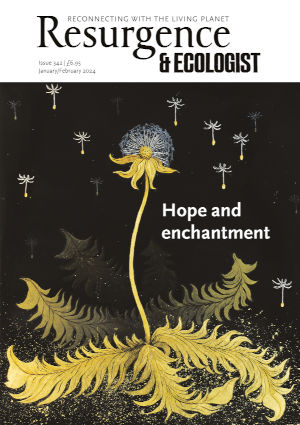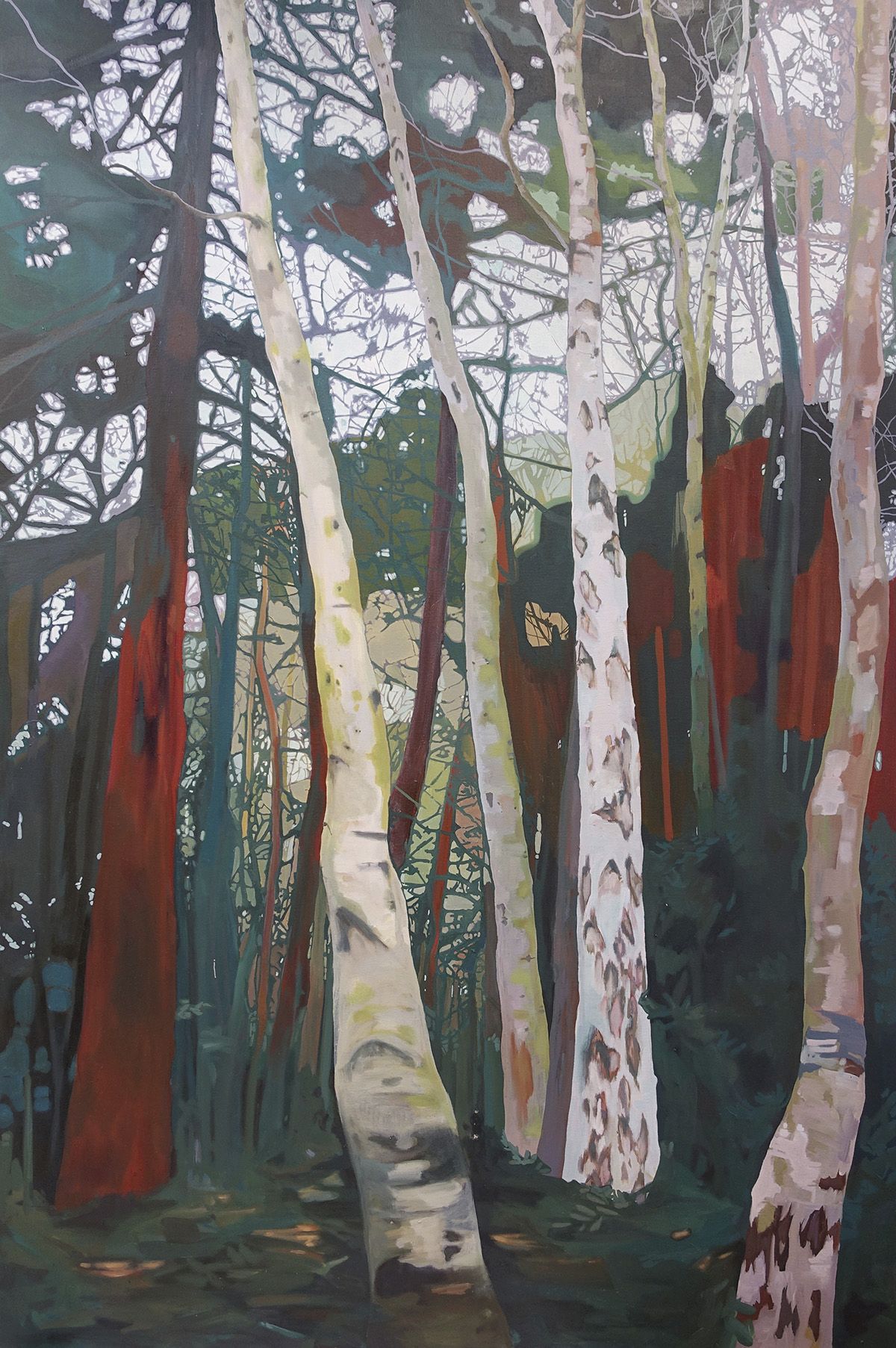Imagine our British Isles in a thousand years’ time. Long after not only you have passed on, but also your children, your grandchildren and even your great-great-great-grandchildren. What will our islands look like? And, by the year 3024, what state will our uplands, rivers and coastlines be in? We struggle, as inhabitants of the 21st century, to dream beyond the horizon of our own lives, or even beyond a decade or two. But please try. Close your eyes and fast-forward to a time that is so distant into the future that it is unlikely that you would recognise much about the people, the culture or the society that might live in the UK. It is far easier for us to look backwards and imagine living in the time just before the Norman Conquest, when Angles, Saxons and Jutes were still the ruling tribes and England had only just been united as a single nation. Dreaming about the future is an exercise of staring into darkness and discerning the most likely path that our species might tread.
Aside from the unthinkable horrors of a nuclear winter, an asteroid strike or a wholesale alien invasion, it is probable that in a millennium’s time these islands, and much of the world, will be in a far healthier state than they are at present. This could be for any number of reasons. The four horsemen of the apocalypse (death, famine, war and pestilence) will all increase their activity over the coming centuries as Mother Nature begins to reassert herself and reduce the number of humans crowding our small blue orb. Sea level rise, mass migration, changing climates and the ever-present threat of future pandemics are likely to throw our global systems on their head and result in a planet where humans no longer hold the upper hand over Nature that we have enjoyed since the Industrial Revolution.
Currently we are one of the most Nature-depleted countries on the planet. We have only 14% tree cover, compared to the European average of 33%, and since the 1970s as much as 41% of our native species have fallen into terminal decline. This could well be seen as a depressing scenario. Many people across the country, from our politicians to our business leaders, appear to be shrugging their shoulders and turning their faces to the wall. But we should all see this as a tremendous motivator. An opportunity to use this parlous moment as a line in the sand to begin the great restoration of our natural world. The only problems to be afraid of are the ones we don’t know about, and we can see all of these threats staring us coldly in the face. We know what is happening and we know how to reverse it. This has the potential to be our handbrake-turn moment, the bottom of the biodiversity bell curve, where we move back into step with the natural world and begin working to restore equilibrium and to live in harmony with the wonderful abundance that surrounds us.
Several thousand years ago, up to 20% of the UK mainland would have been blanketed in the richest ecosystem that our isles have ever grown: Atlantic temperate rainforest. This pure and ancient habitat resided along our western coastline from Stornoway on the Isle of Lewis to Land’s End in Cornwall. Over time, as human populations grew, farmers were pushed to fell trees and clear forests in order to scrape a living from ever more marginal areas. The primary animal that could be husbanded on these windswept upland areas was the sheep, a Mediterranean import that eats nigh on anything it sees, especially young saplings. By the turn of the 21st century less than 0.4% of our ancient temperate rainforests remained in the UK. We’ve almost lost them, but not quite.
A temperate rainforest is defined by the rainfall it receives (at least 1,400mm per year), the native species mix, the high organic matter found in the soil, and the epiphytes festooning the canopy. Of all of the many types of natural habitat and woodland that we have in the UK, these rainforests are one of our greatest environments for sequestering carbon dioxide, restoring ecosystem services and providing mental health and wellbeing benefits to the humans who spend time in them. They are our most valuable, romantic and exciting pockets of wonder, and never has there been a more vital time to work for their restoration and protection.
We may not always have been familiar with the term ‘temperate rainforest’, but be under no illusion – you will know them from the stories of your childhood. These are the wet, moss-covered and lichen-strewn forests of Geoffrey of Monmouth’s Arthurian legends, of Tolkien’s Fangorn Forest, and of Lewis Carol’s ‘Jabberwocky’. These ancient tulgey spaces hold the glades where gallant knights would meet to do battle, Ents would patrol for Orcs, and the frumious Bandersnatch was shunned by brave young boys. They are as much a part of our culture and our history as any habitat or any method of land stewardship.
In a thousand years’ time Nature will have returned in all her glory to our islands. We will have bounced back from our nadir of 0.4% rainforest to the 20% that once sucked carbon out of the atmosphere, purified our rivers and gave shade to our wanderings. Wolves and lynx will stalk ever-vigilant roe deer as they glide silently from clearing to shelter, and bison and hardy ponies will wallow in wet patches and strip the bark from trees with their long abrasive tongues. The beaver will rule the rivers and the eagle owl will rule the skies. Humans will live in these forests, but we will have learnt to live with them, not against them. Harmony will have returned to our hills and valleys.
The only question that we in the 21st century need to ask ourselves is when and how this change will happen. Will we be catalysts for change who join the movement to incrementally return to this state of balance and harmony with Nature, or will we continue marching ever forward, waiting for the catastrophic collapse that our society will inevitably bring upon itself if we continue with business as usual? The most important, hopeful and positive endeavour that any of us can embark upon is to ease our transition to a society that lives as a part of Nature, not apart from Nature.
The Thousand Year Trust is the first and only charity in the UK that is dedicated to the protection, promotion and expansion of our Atlantic temperate rainforests. Join us as we begin this journey and help us to bring our rainforests back. www.thousandyeartrust.org
Merlinʼs article will be the focus of the Resurgence Readers’ Group discussion on 16 January from 6.30 to 7.30pm. Information and tickets.







